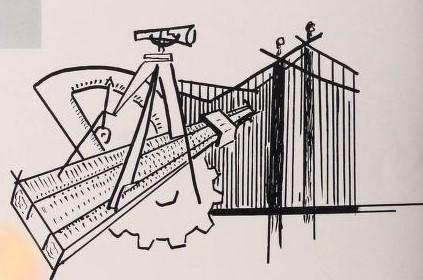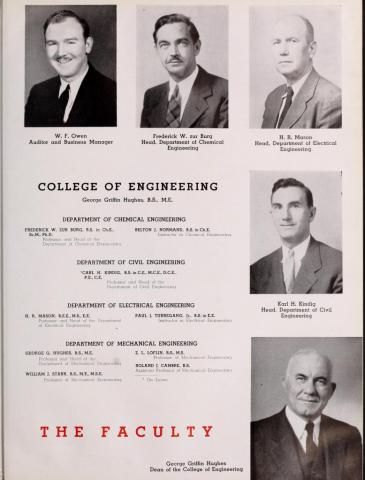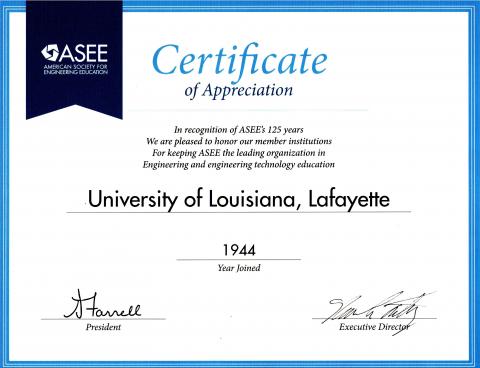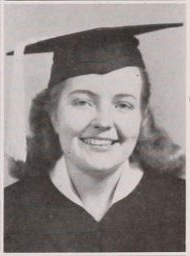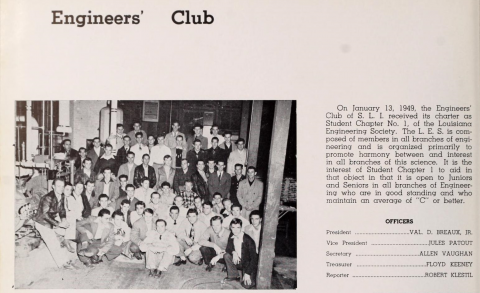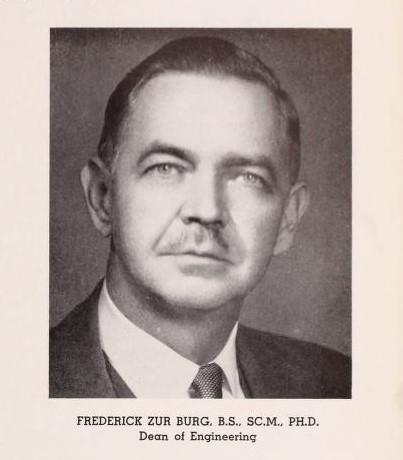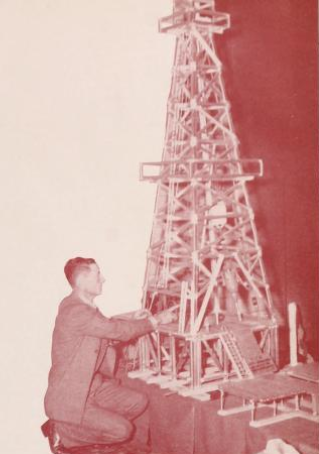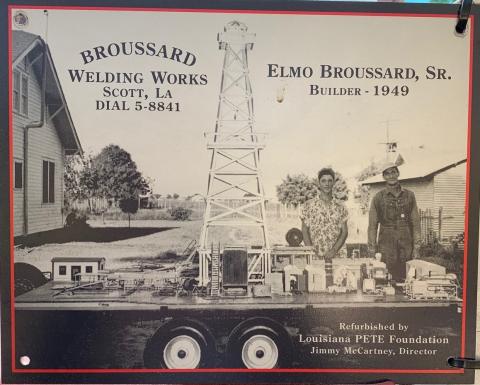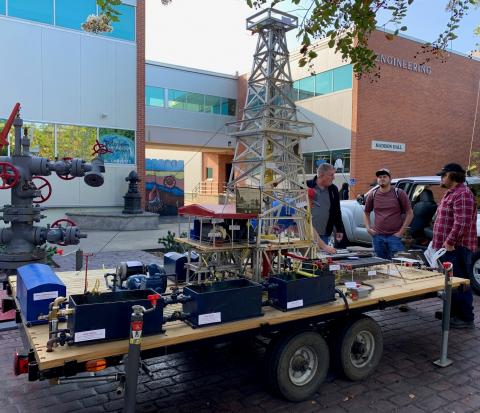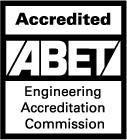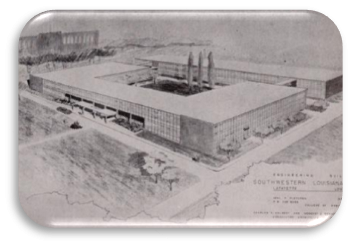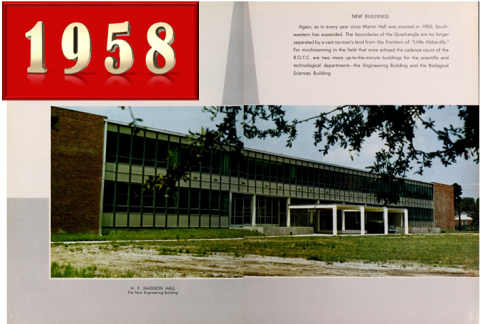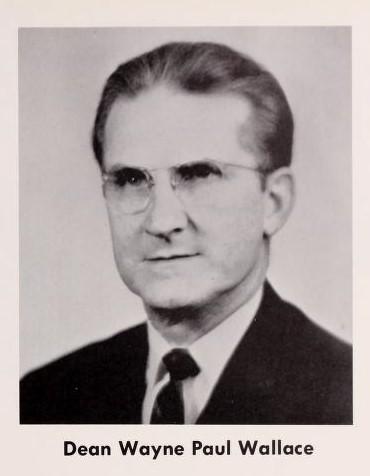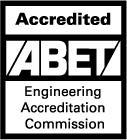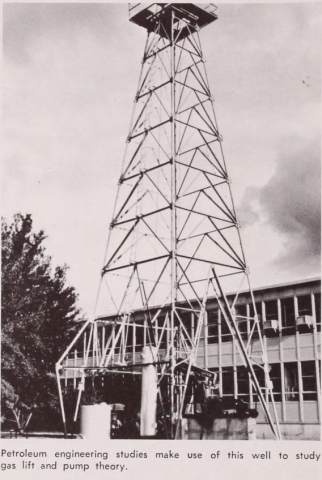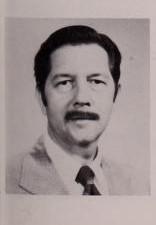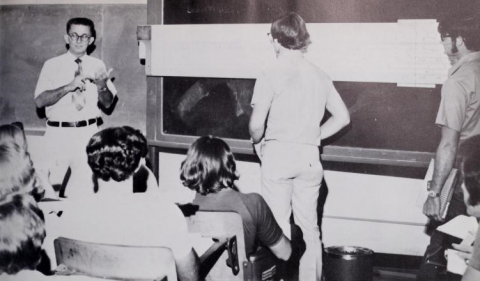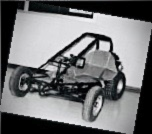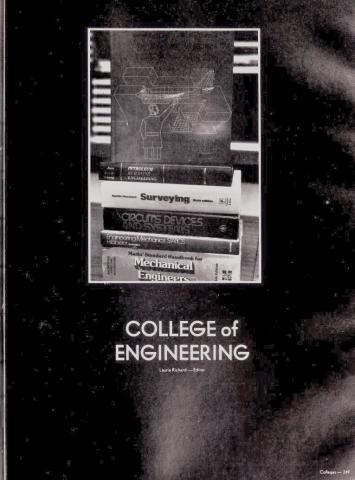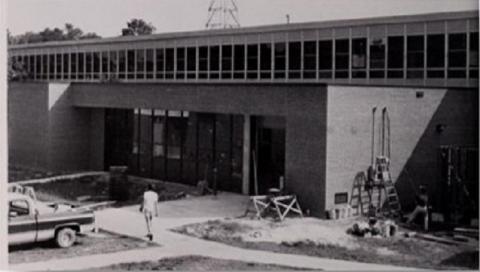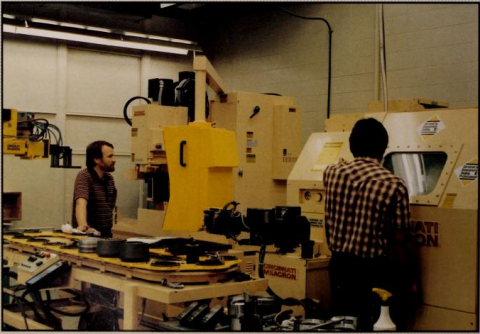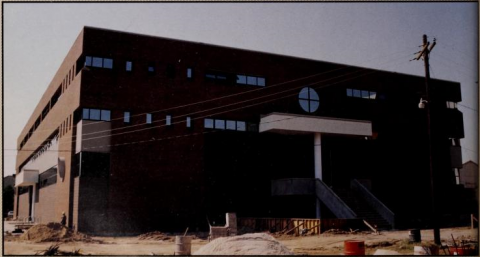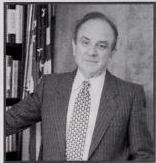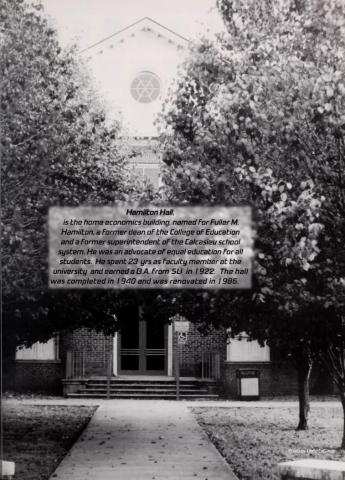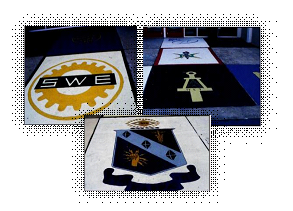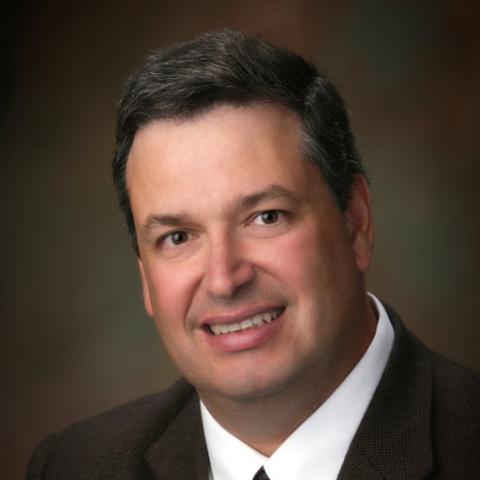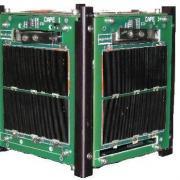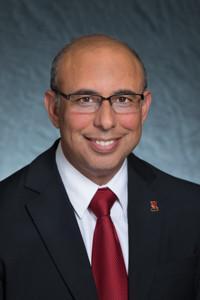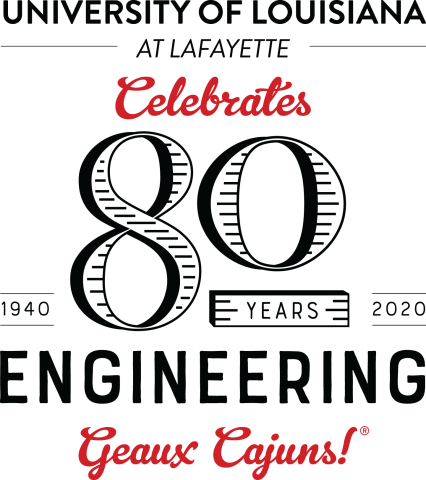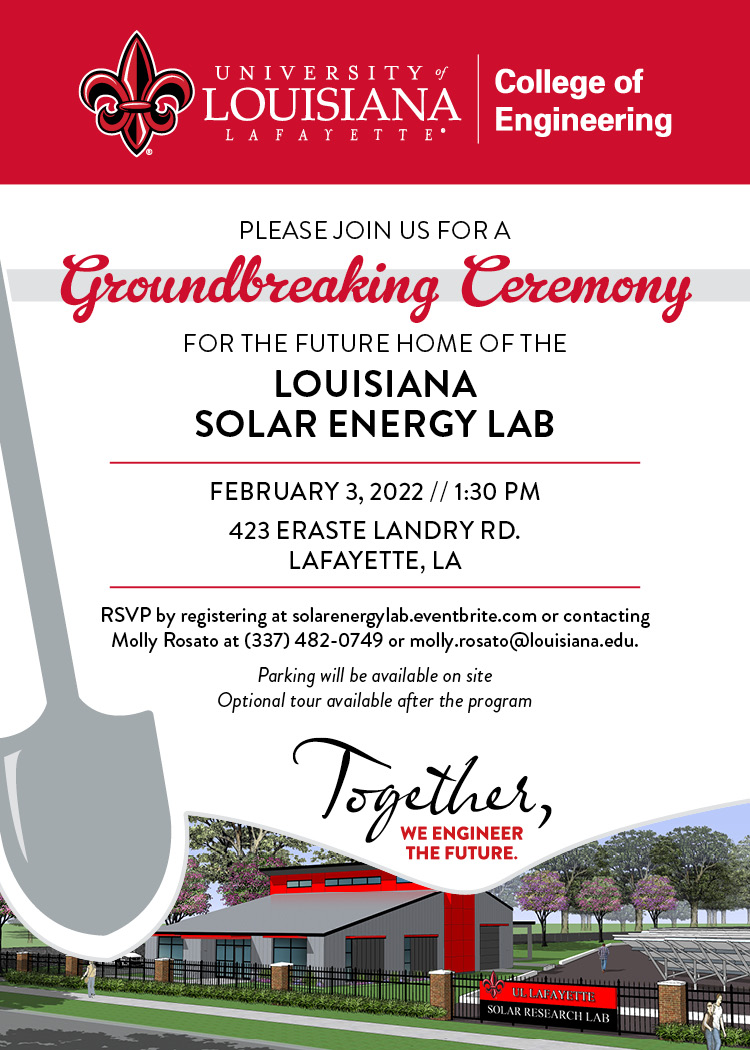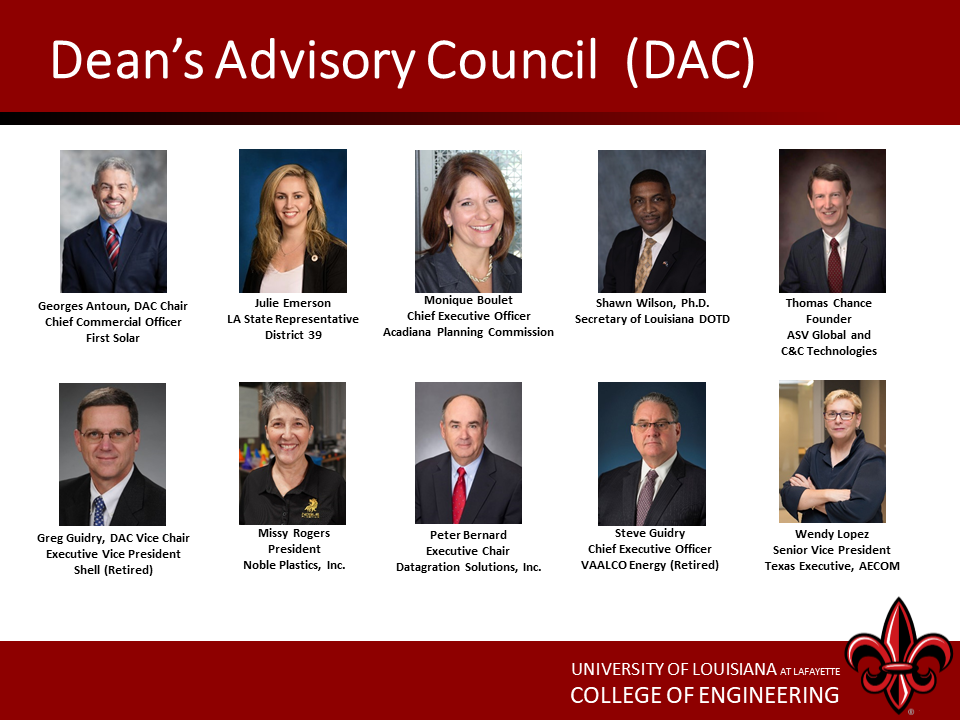Our Timeline
Welcome to our College Timeline
1940 | 1944 | 1947 | 1949 | 1952 | 1953 | 1954 |1956 | 1957 | 1960 | 1963 | 1968 | 1971 | 1973 | 1979 | 1987 | 1988 | 1991 | 1993 | 1999 | 2004 | 2007 | 2017 | 2019 | 2020 | 2021
|
Date |
Photo (Click on Photo to Enlarge) | Description |
| 1940 |
In 1901, Ashby Woodson was the first teacher of manual training at the newly opened Southwestern Louisiana Industrial Institute, now known as UL Lafayette. Manual training was to eventually become known as the College of Engineering. Under a 1920 legislative act, Dr. Edwin L. Stephens, president of the university, organized departments that would eventually develop into colleges. The new engineering department was part of the College of Liberal Arts. Between 1930 and 1940, the addition of faculty members and course offerings enabled SLI to form four branches of engineering: chemical, civil, electrical and mechanical engineering. In 1940, the College of Engineering was officially designated, and Parker Hall was completed in 1940 for engineering and industrial arts classrooms. It was named after John M. Parker, a former governor of Louisiana who initiated a severance tax to benefit education in the state. The graphic is a sketch representing engineering from the University's 1956 L’Acadien Yearbook. Dean: George Griffin Hughes, B.S., M.E. |
|
| 1944 |
In 1944, the college had four departments and nine faculty members. Dr. George Griffin Hughes served as the college's dean and the department head for mechanical engineering. This picture is taken from the University's 1944 L’Acadien Yearbook. The college also became a member of the American Society for Engineering Education (ASEE). Formally known as the Society for the Promotion of Engineering Education (SPEE), founded in 1893, the society was created at a time of great growth in American higher education. After the war, the desire to integrate the less research-oriented SPEE with the Engineering College Research Association (ECRA) resulted in the disbanding of SPEE and the formation of ASEE in 1946. ASEE's mission is to advance innovation, excellence, and access at all levels of education for the engineering profession. Visit ASEE's website for more information. |
|
| 1947 |
Senior picture of Patricia L. Brown, the first female engineering student to graduate from Southwestern Louisiana Institute in1947. She received a Bachelor of Science Degree in Chemical Engineering. She is a role model for young women with engineering as a career, and promoter of the engineering curriculum. A Pioneer of the Society of Women Engineers (SWE), Brown served as a lifelong active member and served as the society's seventh president from 1961 to 1963. For more information on Patricia, please click here This picture is taken from the University's 1947 L’Acadien Yearbook. |
|
| 1949 |
On January 13, 1949, the Engineers' Club of S. L. I. received its charter as Student Chapter No. 1, of the Louisiana Engineering Society. The L. E. S. is com posed of members in all branches of engineering and is organized primarily to promote harmony between and interest in all branches of this science. It is the interest of Student Chapter 1 to aid in that object in that it is open to Juniors and Seniors in all branches of Engineering who are in good standing and who maintain an average of "C" or better.
This picture is taken from the University's 1949 L’Acadien Yearbook. |
|
| 1952 | Dr. Frederick William Zur Burg became Dean of Engineering in 1952. He was formally the Department Head for the Chemical Engineering Department. He served as Dean from 1952 until 1963. This picture is taken from the University's 1954 L’Acadien Yearbook. | |
| 1953 | The Petroleum Engineering curriculum was created in 1953. The first picture is from the University's 1949 L’Acadien Yearbook. It is a picture of a Scaled Model of a working rig built by Mr. Elmo Broussard in 1949 for the college. The model is still used by the college today for Engineering & Technology Week to showcase PETE to High School Students. The second picture is a plaque on the model as seen in 2020. The third picture is the model in 2020 after being refurbished by the Louisiana PETE Foundation some years back. | |
| 1954 |
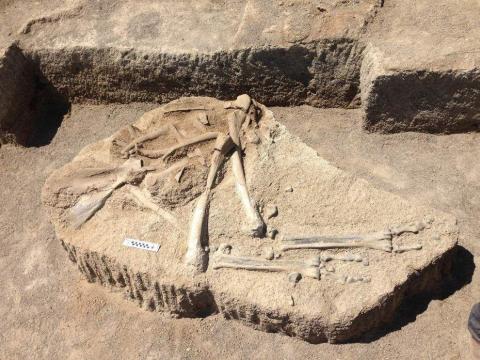 |
The Department of Geology joins the College of Engineering. Photo from UL Lafayette. James E. Martin, curator of paleontology and research professor in the School of Geosciences completed excavation of a 7 million-year-old camel in South-Central Oregon. Dr. Martin said, "The specimen is the most complete skeleton known of the giant camel, Megatylopus, a creature that was 12-14 feet tall and functioned much like the giraffe." |
| 1956 |
|
In 1956, the four engineering curriculums were accredited by the Accreditation Board for Engineering and Technology (ABET). The departments accredited are Chemical, Civil, Electrical and Mechanical Engineering. The graphics show the logo for ABET in 1956 and the logo for ABET in 2020. |
| 1957 |
|
Madison Hall was completed in 1957 as the engineering and geology building. It was named for H. Flood Madison, a past president of the state Board of Education and president of Bastrop Bank from 1900-1926. Graduate Programs: By 1956, UL Lafayette had received approval for beginning graduate programs, and that was the beginning of the end of the college years. Four years later UL Lafayette became a university. Pictures shown are taken from the University's 1957 and 1958 L’Acadien Yearbook. |
| 1960 |
In 1960, the state legislature approved renaming Southwest Louisiana Institute to the University of Southwestern Louisiana. At this time UL Lafayette was composed of a graduate school and six colleges: agriculture, business administration, education, engineering, liberal arts, and nursing. Enrollment was approaching 5,000. The first master's degree awarded was in chemical engineering in May 1960. Thesis: This picture is taken from the University's 1960 L’Acadien Yearbook. From left to right: |
|
| 1963 |
|
Dr. Wayne P. Wallace became the Dean of Engineering in 1963. He was formally the Department Head for the Civil Engineering Department. He served as Dean from 1963 until 1971. This picture is taken from the University's 1964 L’Acadien Yearbook. A curriculum of petroleum engineering was drawn up in 1953 and was accredited by the Accreditation Board for Engineering and Technology in 1963. The graphics show the logo for ABET in 1963 and the logo for ABET in 2020. |
| 1968 |
PETE uses life sized well to study gas lift and pump theory. The rig is still in use today and fully functioning, pumping water. This picture is taken from the University's 1968 L’Acadien Yearbook.
|
|
| 1971 | Dr. James W. Reeves became the Dean of Engineering in 1971. He was formally an Associate Professor in the Civil Engineering Department. He served as Dean from 1971 until 1990. This picture is taken from the University's 1971 L’Acadien Yearbook. | |
| 1973 |
The slide rule has a long and distinguished ancestry … from William Oughtred in 1622 to the Apollo missions to the moon ... a span of three and a half centuries … it was used to perform design calculations for virtually all the major structures built on this earth during that long period of our history … an amazing legacy for something so mechanically simple. Here, Mr. N.E. Jenkins, Professor in Mechanical Engineering, explains the use of the slide rule to his MCHE class. The slide rule in this picture has been preserved and is on display in the David S. Huval, Sr. Engineering Materials Testing and Development Laboratory - Madison Hall, Room 136-C This picture is taken from the University's 1973 L’Acadien Yearbook. |
|
| 1977 |
The University’s history with the Baja SAE Series goes all the way back to the beginning, when USL were one of 10 teams competing in the first Mini Baja competition in 1976. The University, then known as USL, hosted the second Mini Baja competition in May 1977. All student chapters of SAE and ASME received invitations to participate in Mini Baja on a “first-come” basis. The number of entrants was limited to sixteen so that the judging and performance events could be comprehensive. Initially, the entries were slow in arriving due to marginal faculty interest, but when the students learned of the competition, their interest was so significant that all the competition slots were full within two weeks. The competition was a two-day event with the first day dedicated to judging the vehicles on appearance, safety, design, and cost. The second day included all the performance events such as hill climb, draw-bar pull, acceleration, maneuverability, and the 15-mile endurance run. |
|
| 1979 |
Pictures of books used in the engineering curriculum in 1979. This picture is taken from the University's 1979 L’Acadien Yearbook. |
|
| 1986 |
A CAD/CAM facility added to Madison completed in1986. This same area was renovated in 2020 and is now the David S. Huval, Sr. Engineering Materials Testing and Development Laboratory This picture is taken from the University's 1986 L’Acadien Yearbook. |
|
| 1987 |
In 1987, the department of Industrial Technology became part of the College of Engineering moving from the College of Liberal Arts. Pictured here is Mr. Lawrence Granger overseeing as the lathe spins out a computerized creation in the CAD/CAM laboratory. This picture is taken from the University's 1987 L’Acadien Yearbook |
|
| 1988 |
Rougeou Hall was named for Clyde L. Rougeou who joined the College of Agriculture faculty in 1937 and then served as the university’s fourth president, 1966-1974. This picture is taken from the University's 1988 L’Acadien Yearbook |
|
| 1991 |
Dr. Anthony Ponter became the Dean of Engineering in 1991. He was formally the Dean of Engineering at Cleveland State University and Professor in Chemical Engineering. He served as Dean from 1991 until 2004. This picture is taken from the University's 1991 L’Acadien Yearbook. |
|
| 1993 | In 1993, Geology moves to the College of Sciences and is currently housed in Hamilton Hall. | |
| 1998 | The Department of Industrial Technology is accredited by National Association of Industrial Technology (NAIT) for the 1st time. | |
| 1999 |
For a while in the 1980s, UL Lafayette literally made a name for itself, The University of Louisiana. A subsequent act of the Louisiana Legislature nullified that name change, but Authement persisted. On September 10, 1999, his perseverance was rewarded when he walked onto a stage before an audience of alumni, visiting dignitaries, administrators, faculty, and students in the Cajundome. There, before several thousand people, with the blessing of the State of Louisiana, he signed an order that changed the university's name to the University of Louisiana at Lafayette. This monumental achievement occurred as part of UL Lafayette's Centennial Celebration. For more history on our beloved university, click here. |
|
| 2004 |
In a long lasted tradition, Engineering organizations have they logos in squares in front of Madison Hall. In 2004, the organizational squares got a facelift. They were again freshened up in 2020. |
|
| 2005 |
Dr. Mark Zappi became the Dean of Engineering in 2005. Prior to arriving at UL Lafayette, Zappi held the Texas Olefins Professorship in Chemical Engineering within the Dave C. Swalm School of Chemical Engineering at Mississippi State University (MSU). He served as the director of MSU’s Environmental Technology Research and Applications Laboratory. He served as Dean from 2005 until 2019. This picture is from the University's Photo Collection. |
|
| 2007 |
A group of UL Lafayette engineering students participating in the Cajun Advanced Picosatellite Experiment (CAPE) built a small artificial satellite, known as a CubeSat, that was launched into orbit from the Republic of Kazakhstan in 2007. A second satellite, the CAPE-2, was launched into space on the Minotaur 1 rocket in November 2013. The CAPE-2 CubeSat weighed about 2 pounds, had deployable solar panels, and could convert speech to text, tweet messages and send emails. The picture shows the CAPE-1 CubeSat and is from the University's collection. |
|
| 2017 |
The purpose of the Alumni Wall of Honor is to honor and recognize alumni who:
The College of Engineering also sees the Wall of Honor as a mechanism to inspire our students and demonstrate potential career opportunities available to them with a degree from UL Lafayette. We recognize each honoree with a plaque that includes their name, degree, graduation year, a photo, and brief bio about them and their accomplishments. For more information and to see who is on our beloved wall, click here. |
|
| 2019 |
On January 1, 2019 Dr. Ahmed Khattab became the Interim Dean and after serving 18 months, on July 1, 2020, he was named Dean for the College of Engineering and became the college’s seventh dean. Prior to becoming dean, Khattab served as the Associate Dean for 5 years and Faculty, Industrial Technology Department for the previous 8 years. For more information and background on Dr. Khattab, click here. The College of Engineering currently has 103 faculty members, staff and Dean Khattab. |
|
| 2020 | The College of Engineering celebrates 80 years begining in the Fall of 2020 and continuing in the Spring 2021. | |
| 2021 |
|
The University broke ground on the Louisiana Solar Energy Lab on February 3, 2021. A 4,500 sq ft building located in University Research Park on Eraste Landry Road. The lab will serve as a hub for solar research, technology development, instruction, training, outreach and workforce development. It will house solar testing equipment, a classroom, interactive learning applications, a seminar room with audio-visual equipment, a conference room, and a visitor’s center with visual displays and informational kiosks. “The Louisiana Solar Energy Lab will be an essential component for educating the next generation of engineers in solar energy, enabling applied and long-term operational research and testing,” said Dean Ahmed Khattab. University alum Georges Antoun, who earned a bachelor’s degree from the College of Engineering in 1988, is the driving force behind the solar lab. That’s thanks to a $1 million lead gift, coupled with his role as chair of the college’s Dean’s Advisory Council. Antoun offers guidance and expertise in a range of areas, including strategic planning. He also coordinates student mentoring efforts. Click here for the full story→ The College of Engineering established it's first Dean's Advisory Council with the formation of a steering committee in June 2021. By October of that year, the Council was formed with ten founding members. The DAC is diversely comprised of c-level executives, presidents, and founders as well as state government executives and elected officials who are, or have been, actively involved in organizations that shape the marketplace and who are dedicated to excellence in engineering education, research, innovation, and workforce development. Members serve a period of three years and can be reappointed. Click here for more information→ UL Lafayette’s College of Engineering and the David Thibodaux STEM Magnet Academy joined forces and created the college’s first dual enrollment program. Fifteen high school students from the academy will study at the University this fall as part of the pilot program, which is expected to expand to other schools in coming semesters. See the story here→ “We are working to not only accelerate the educational process for these high-performing students, but also to build a bridge between their high school and university experiences,” says UL Lafayette College of Engineering Dean Ahmed Khattab, Ph.D. “The idea as we move forward is to partner with more schools to offer courses that are needed to help prepare their students for college,” added Dean Khattab.
|


